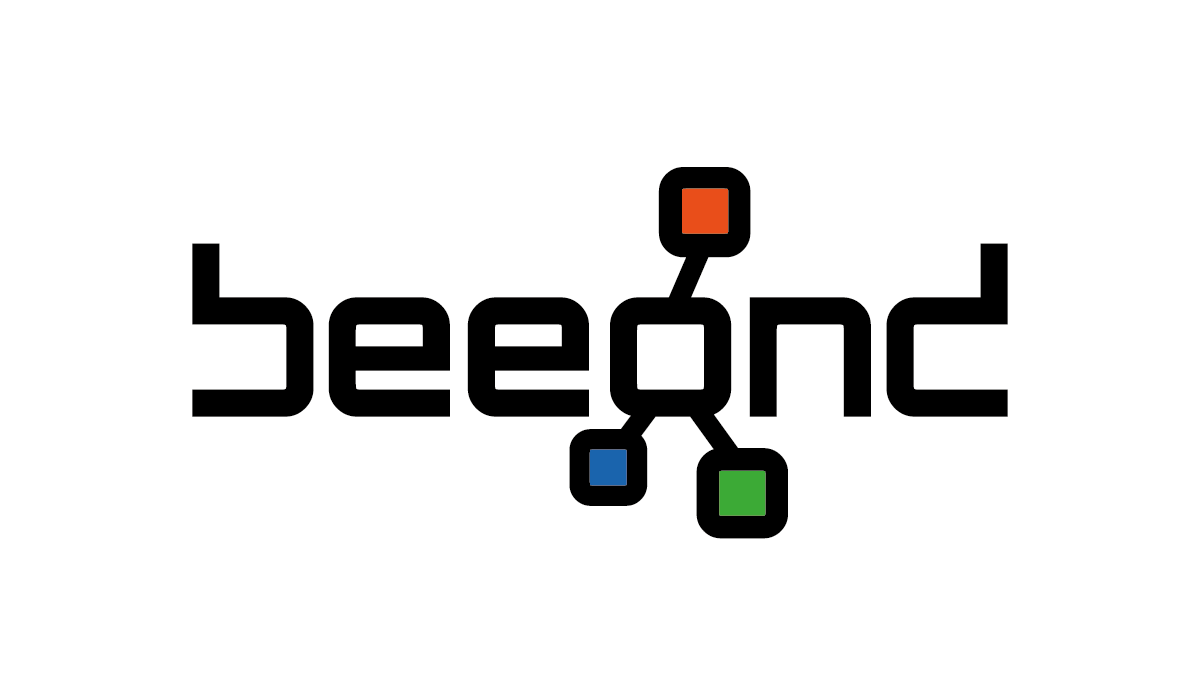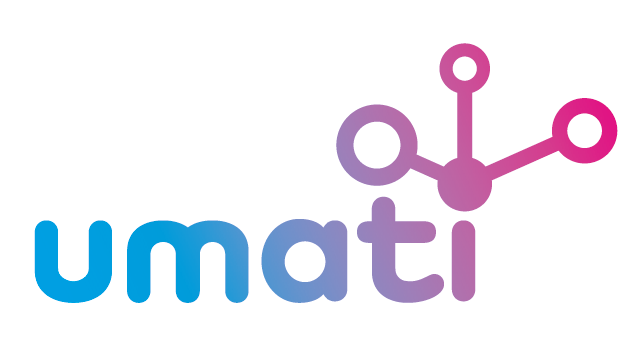
Beeond, Inc. is now part of the umati community
What expectations do you have of umati, what do you expect from the partnership?
“We see the umati organization as the conduit between organizations that have common interest and who want to stay current with technology advancements in the market. We expect that umati will help us communicate the value we bring, with our EdgeXConnect configurable OPC UA Server, to its members enabling them to adopt the latest technology that support the umati standard,” comments Stan Brubaker, President of Beeond, Inc.
What advantages does umati offer your company and your customers?
“The work done by the joint umati OPC UA working group, (VDW, the German machine tool builders’ association, and the OPC Foundation) has produced an OPC UA Companion Specification that functions as a communications standard that all machine tool equipment vendors should adopt as it provides the benefits of lower cost of integration for their customers. The umati standard enables software vendors, like Beeond, to offer an easy to deploy OPC UA Server software solution that supports the standard and removes the adoption hurdle for machine tool vendors so they realize the benefits of the standard and can pass that benefit along to their customers,” comments Stan Brubaker.
How do you evaluate the expansion of the umati initiative to the entire mechanical engineering industry?
“Manufacturers have been complaining for decades about the high cost of integrating products and systems from various vendors because there was no industry-wide data interoperability standard. So, about 15 years ago, the OPC Foundation started working on OPC UA, a universal data interoperability and communications standard. OPC UA meets all the Industrie 4.0 requirements and enables organizations such as umati to produce a common machine tool information model that when deployed, will lower cost of deployment of new machines in their plants,” remarks Stan Brubaker.
About Beeond
Beeond, Inc. is a software company that provides Equipment OEMs, Technology Vendors, System Integrators and End Users with software products to quickly enable their products and systems with the OPC UA interoperability standard. Beeond’s product, EdgeXConnectTM, is an off-the-shelf, configurable No-Code OPC UA Server that exposes edge device data to other systems. EdgeXConnect supports all the existing OPC UA Companion Specifications providing users a totally configurable, flexible, and easily maintained solution that control engineers can quickly deploy, lowering cost of deployment and ongoing maintenance for their customers.
About EdgeXConnectTM – The Configurable No-Code OPC UA Server
EdgeXConnect is a configurable No-Code OPC UA Server that runs on Linux or Windows platforms, supports all existing OPC UA Companion Specifications helping machine tool vendors to easily enable their products and systems with OPC UA and the umati information model.
- Who can benefit from EdgeXConnect?
- Equipment OEMs, Technology Vendors, System Integrators and End Users who:
- Want to support OPC UA and their industry’s OPC UA Companion Specification.
- Want to Buy (not develop) an OPC UA Server that is quickly deployed.
- Do not have the time, resources, or budget to develop an OPC UA Server.
- Do not have experience developing OPC UA servers.
- EdgeXConnect Key Features
- Expose edge device data through configuration – no software development required
- Use existing OPC UA Companion Specs or create new Information Models
- Configure the links between the OPC UA Information Model and the Edge Device I/O
- Library of Plug-In Adapters for common Edge Device protocols or create your own Adapter.
- Runs on Windows or Linux systems (ARM, X86)
